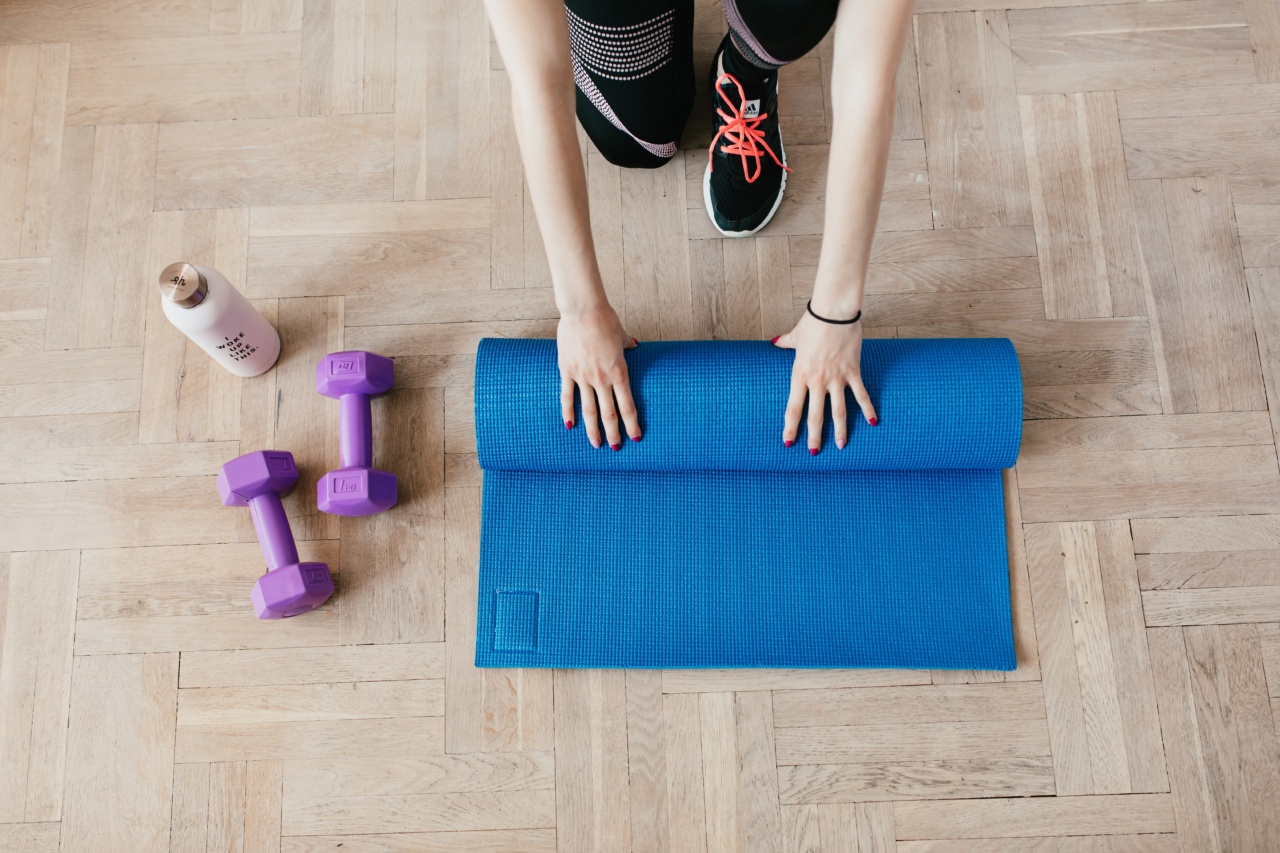Physical activity and alcohol intake are two seemingly unrelated aspects of life that, paradoxically, often go hand in hand.
While physical activity is generally associated with numerous health benefits, excessive alcohol consumption can have detrimental effects on the body. Despite this contradiction, many individuals find themselves engaging in both activities simultaneously, leading to a complex relationship between the two.
Understanding Physical Activity
Physical activity refers to any bodily movement that results in energy expenditure, such as walking, jogging, cycling, or participating in sports. Regular physical activity is widely recognized for its positive impact on physical and mental health.
It can improve cardiovascular health, strengthen bones and muscles, enhance mental well-being, and reduce the risk of chronic diseases such as obesity, diabetes, and certain types of cancer.
The Benefits of Physical Activity
Regular physical activity has numerous benefits for individuals of all ages. It promotes a healthy weight by burning calories and increasing metabolism. It also helps to maintain strong muscles and bones, reducing the risk of osteoporosis and fractures.
Physical activity improves cardiovascular health by strengthening the heart muscle, lowering blood pressure, and improving blood circulation.
Moreover, engaging in physical activity releases endorphins, often referred to as “feel-good” hormones, which boost mood and alleviate symptoms of stress, anxiety, and depression.
It can also improve cognitive function and enhance memory and focus. Furthermore, physical activity provides an opportunity for social interaction, especially when participating in team sports or group exercise classes.
Understanding Alcohol Intake
Alcohol intake, on the other hand, refers to the consumption of alcoholic beverages, such as beer, wine, or spirits.
While moderate alcohol consumption may have some potential health benefits, excessive or prolonged intake poses significant risks to physical and mental well-being.
The Effects of Alcohol on the Body
Alcohol is a central nervous system depressant, meaning it slows down brain activity and impairs cognitive and motor function. It affects multiple organs in the body, including the liver, pancreas, heart, and brain.
Regular and excessive alcohol consumption can lead to liver diseases, such as cirrhosis, as well as cardiovascular problems, including high blood pressure, irregular heartbeat, and an increased risk of stroke.
Alcohol also negatively impacts mental health, contributing to the development of anxiety disorders, depression, and substance abuse problems.
Prolonged heavy alcohol use can lead to alcohol dependence or addiction, a condition characterized by the inability to control or stop drinking despite negative consequences.
The Complex Relationship
Although physical activity and alcohol intake appear to have conflicting effects on health, they are often found together in social settings.
Many individuals engage in physical activities such as going for a run, playing sports, or working out at a gym before or after consuming alcohol.
The reasons for this complex relationship are multifaceted.
Some people may use physical activity as a way to offset the calorie intake associated with alcohol consumption, aiming to maintain a healthy weight or mitigate the negative effects of excessive drinking. Others may perceive physical activity as a way to counteract the negative psychological effects of alcohol, such as stress relief or mood enhancement.
Additionally, physical activity can be influenced by social factors. Many recreational and leisure activities often revolve around alcohol, such as attending parties, happy hours, or social events.
Peer pressure, cultural norms, and societal expectations can play a significant role in the link between physical activity and alcohol intake.
Striking a Balance
To maintain a healthy lifestyle, it is important to strike a balance between physical activity and alcohol intake. Moderation is key when it comes to alcohol consumption.
It is recommended to follow the guidelines provided by health organizations, which suggest limiting alcohol intake to moderate levels. This typically means no more than one drink per day for women and two drinks per day for men.
Individuals who engage in physical activity should aim to do so consistently and incorporate a variety of activities into their routine. It is important to choose activities that one enjoys and can commit to in the long term.
Whether it’s going for a jog, swimming, dancing, or practicing yoga, finding activities that bring pleasure and have health benefits is crucial.
Furthermore, it is essential to be aware of the potential risks associated with excessive alcohol consumption.
Regular alcohol use should be evaluated and monitored to ensure it does not progress to alcohol dependency or negatively impact one’s health and well-being.
The Importance of Education and Awareness
Education and awareness play a vital role in promoting a healthy balance between physical activity and alcohol intake.
By providing information about the risks and benefits associated with each, individuals can make informed decisions and take responsibility for their actions.
Healthcare professionals, educators, and community organizations should work hand in hand to disseminate accurate information about physical activity guidelines and safe alcohol consumption levels.
Creating awareness campaigns that highlight the potential dangers of excessive alcohol intake and the importance of regular physical activity can empower individuals to make healthier choices.
Conclusion
Physical activity and alcohol intake may seem contradictory, but they often coexist in social settings and in the lives of many individuals.
While physical activity offers numerous health benefits, excessive alcohol consumption poses risks to both physical and mental well-being. It is essential to strike a balance between the two, aiming for moderate alcohol consumption and consistent physical activity.































